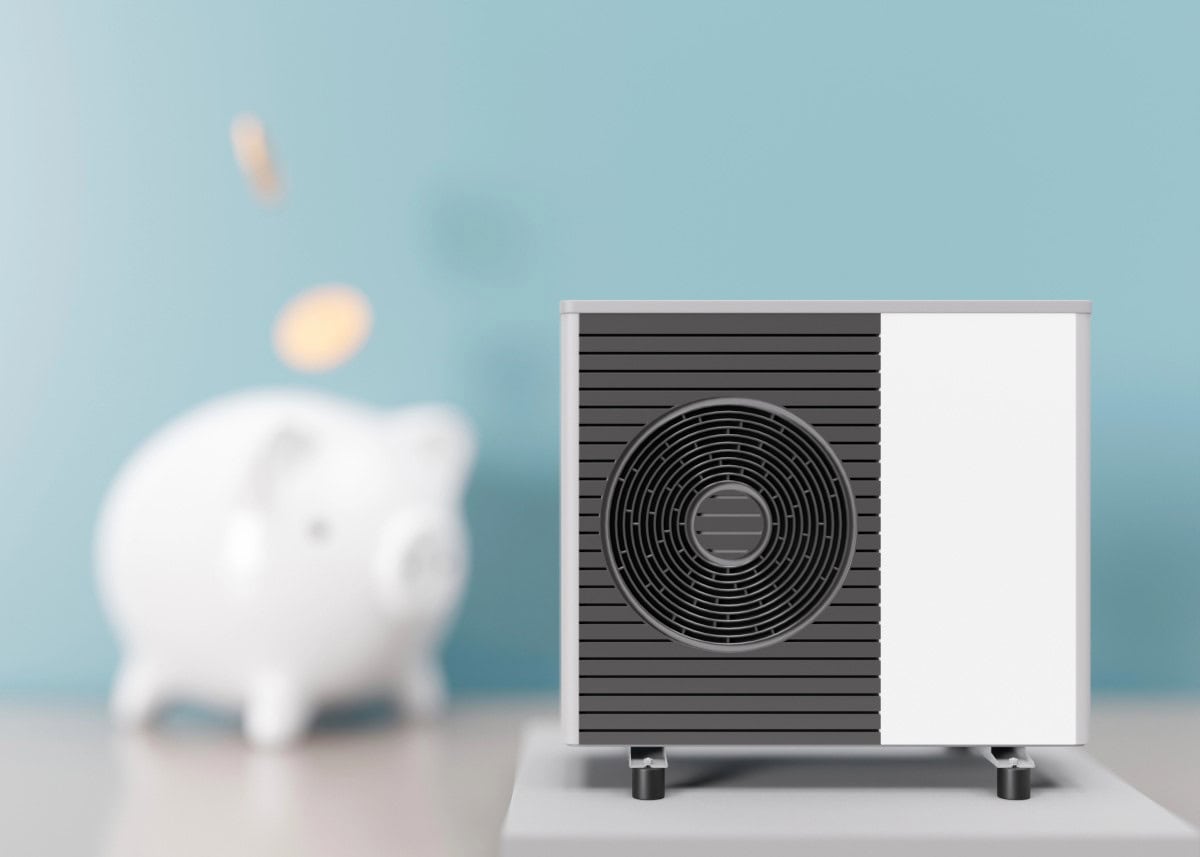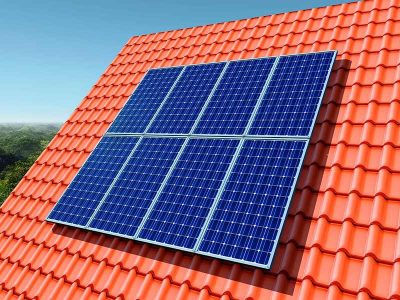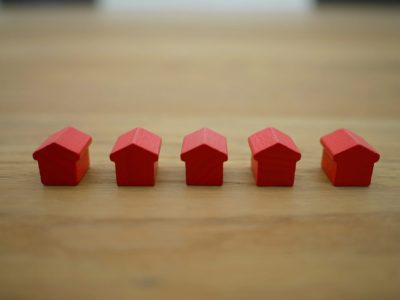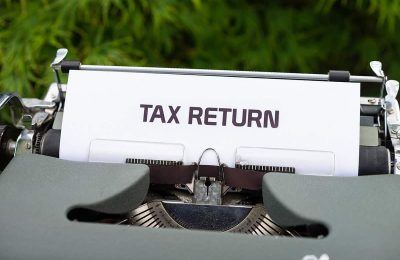Scotland stands at the forefront of a green energy revolution, with ambitious targets for renewable energy adoption that present unique opportunities for buy-to-let property owners. Renewable electricity generation in Scotland is now equivalent to around 97% of its gross electricity consumption, and the growing opportunities for renewables has translated into a significant increase in eco-friendly output.

[Image source: Deposit photos]
Our commitment to sustainable living has created a dynamic environment where landlords can play a crucial role in driving environmental change. Renewable power is a strategic investment that offers multiple benefits, from reducing carbon footprints to potentially increasing property values, attracting environmentally conscious tenants and maximising your returns. In this blog, we’ll look at the different options landlords have for renewable power and how to integrate them into buy-to-let properties.
What are the options for renewable energy systems?
Solar panels
Solar panels are one of the best-known options for renewable power. Modern photovoltaic technologies can effectively generate electricity even in diffused light conditions, making them increasingly viable across Scotland even on cloudier days. For buy-to-let properties, solar installations offer the dual benefit of reducing energy costs and potentially generating income through feed-in tariffs.
The initial investment can be substantial, depending on the size of the array you choose, but advances in solar technology and decreasing installation costs have made solar systems more accessible than ever. Landlords also need to consider factors such as the orientation of the roof, any surrounding shade, and structural integrity of the property when planning solar installations.
Wind energy
Wind energy presents another compelling renewable option, particularly for properties in coastal areas like Portobello. Domestic wind turbines range from small roof-mounted units to larger standalone structures, each with its own unique advantages and considerations. What’s more, Edinburgh’s geographical position and weather patterns make it exceptional for generating wind power. Community wind energy projects also offer innovative alternatives for landlords seeking to contribute to sustainable energy without direct installation.
Micro combined heat and power
Micro combined heat and power or Micro-CHP generates heat and electricity at the same time, from the same energy source, usually at a ratio of 6:1. The system is powered by mains gas or liquified petroleum gas, though some can work by biodiesel. While this means it’s powered by fossil fuels, it’s considered a more renewable option as it has the capability to generate electricity as well for greater efficiency. The amount of electricity generated over the course of the year depends on how long the system is able to run.
Ground and air source heat pumps
Heat pump technology is a sophisticated approach to renewable heating, extracting thermal energy from the ground or air to provide efficient home heating and cooling. In Scotland’s variable climate, these systems can help to maintain optimal indoor temperatures while significantly reducing carbon emissions.
Ground source heat pumps require initial ground excavation, so suitable outdoor space is required, but they offer superior efficiency. Air source heat pumps provide a less invasive installation process, so they tend to be better suited to rental properties and especially apartments.
Biomass heating systems
Biomass systems work with organic materials like wood pellets, chips, or logs to generate heat. Modern biomass technologies have significantly improved in efficiency and cleanliness, addressing some of the previous concerns around emissions. A few factors to consider before installing a biomass boiler include fuel storage, accessibility, and system infrastructure requirements.
How to know which system to choose
Before investing in renewable power, there are a few factors to bear in mind.
Energy requirements
First, look at the property’s energy requirements – consumption patterns and past energy bills can help here, as well as seasonal variations, based on how many people are renting the property or their lifestyle.
Size of the property
The size of the property and its layout also plays a role. How much roof space does the building have and which direction does it face? These details will determine whether solar power is feasible, for example, or if another option would be better suited. If you own a flat, you may need to seek permission from the building owner to install certain systems too.
Existing heating systems
If you want to replace the existing heating system with a low-carbon alternative, it’s important to consider the type of fuel you’ll be replacing. For example, if the property is served by the gas grid and there’s a modern heating system already in place, replacing it with a renewable heating system could mean higher fuel bills so it might not make financial sense. Likewise, if there are radiators in the property, ground source heat pumps might not be as effective as in a property with underfloor or warm air heating systems.
Costs
There’s no doubt that investing in renewable energy solutions requires a significant upfront cost. While they’re worthwhile in terms of the long-term savings, you need to think about how much you’re prepared to pay out to have them installed initially. The cost will vary depending on the system you choose but also additional work that might be needed, such as improving the roof to support solar panels, or landscaping for ground excavations for heat pumps.
There may be ongoing costs to maintain the system, fuel if you decide to go with a biomass boiler, and an increase to insurance costs too. However, the initial outlay can be mitigated to some extent with financial incentives and grants. The Private Rented Sector Landlord Loan offers up to £15,000 for energy efficiency improvements, which can be used towards insulation, renewable heating, and energy storage systems.
Reducing carbon emissions is one of the biggest steps we can take to minimise Scotland’s contribution to climate change. The government intends that by 2045, our homes will be greener and more energy efficient, and that includes rented accommodation. The transition to renewable energy in buy-to-let properties is an opportunity to embrace environmental responsibility, boost profits, and attract eco-minded tenants.









